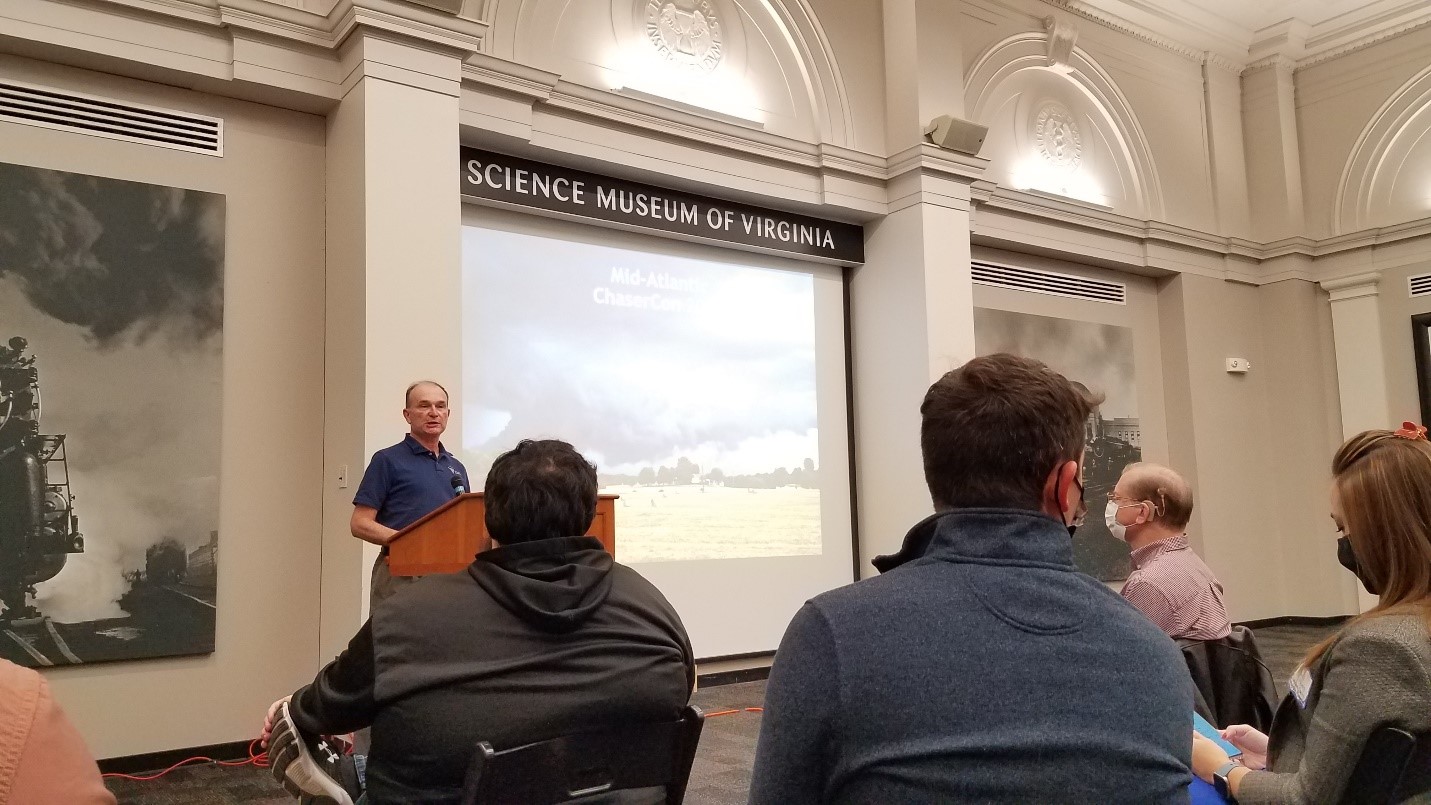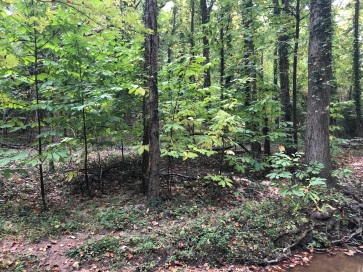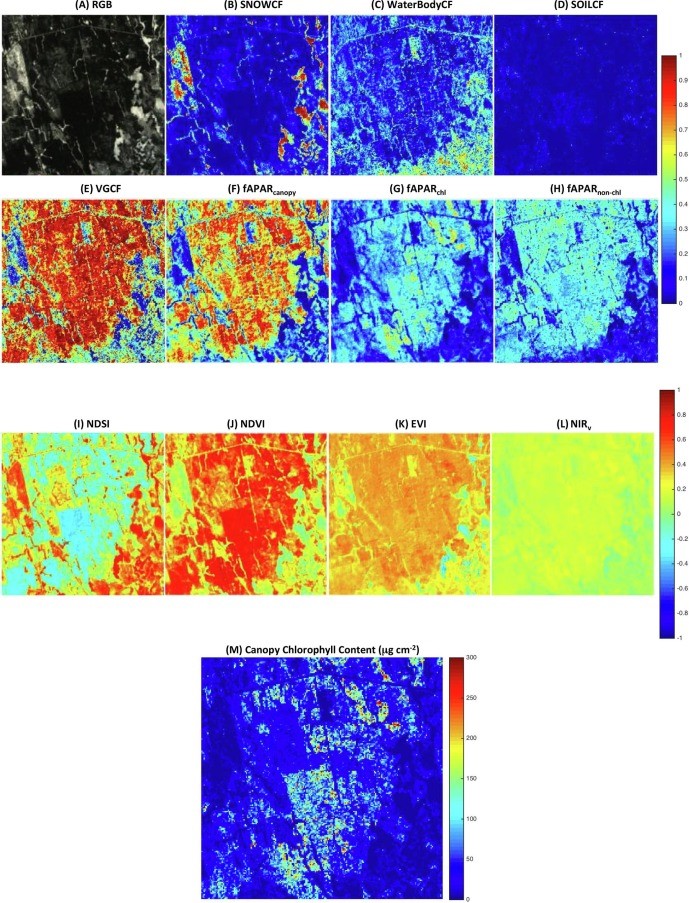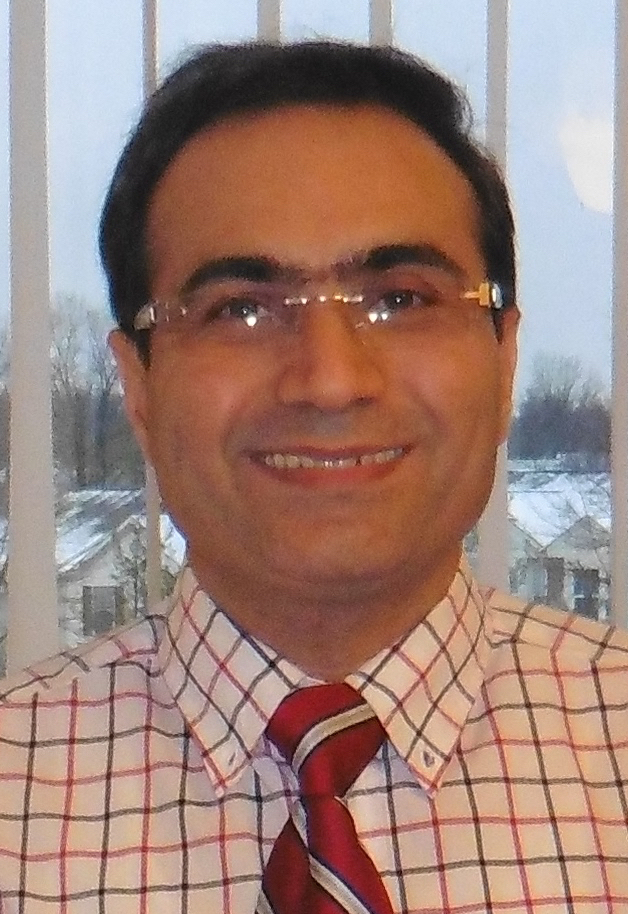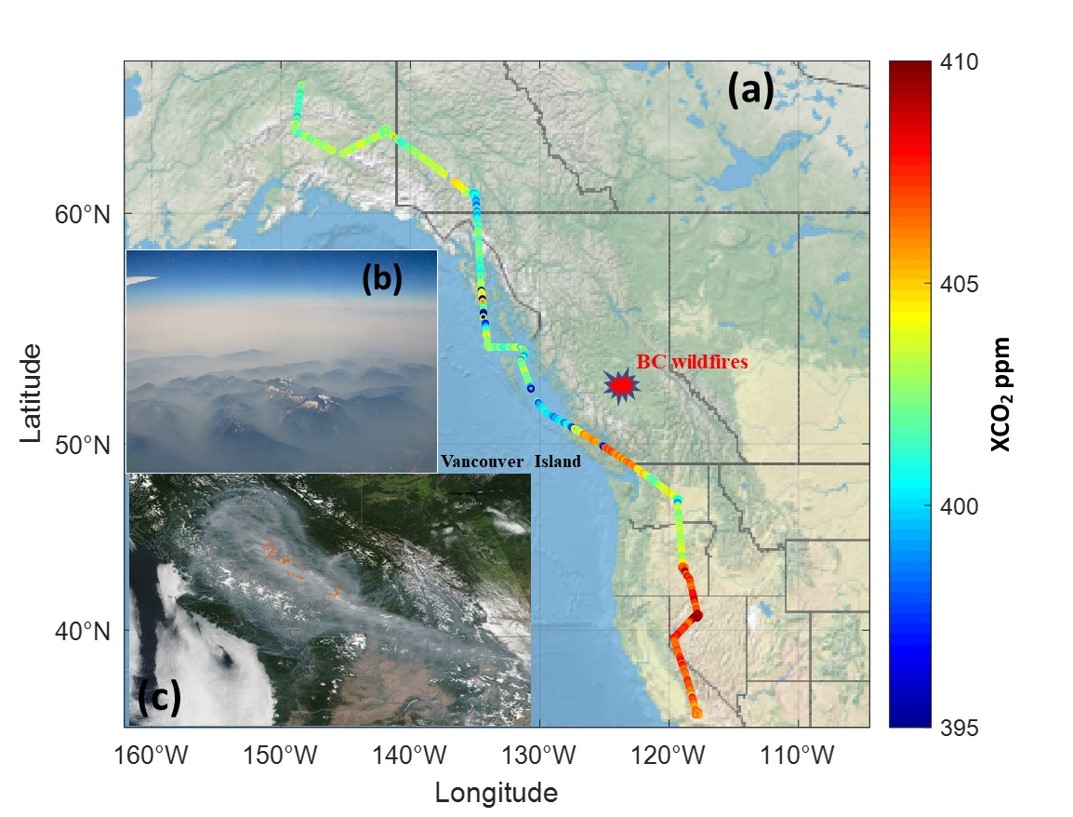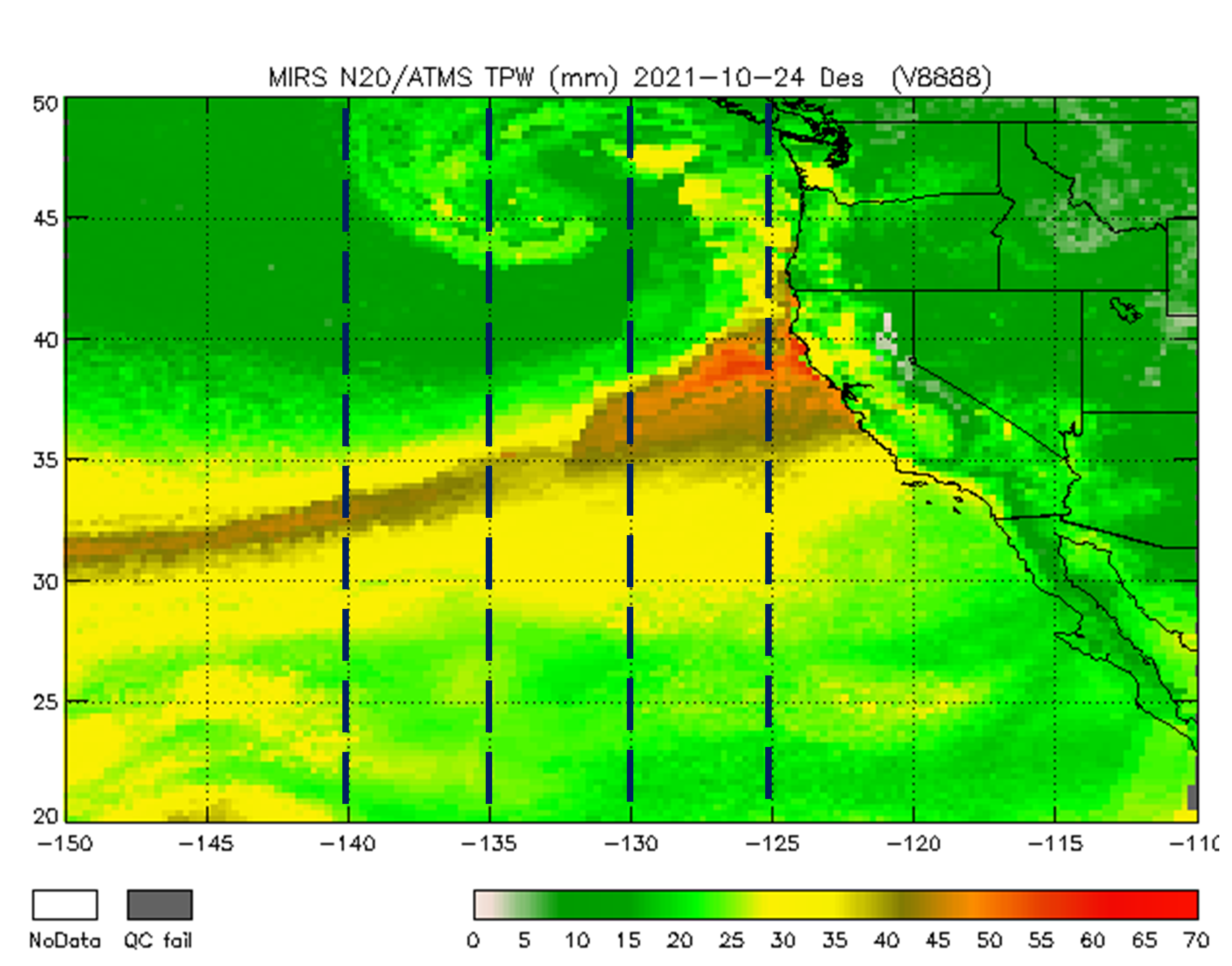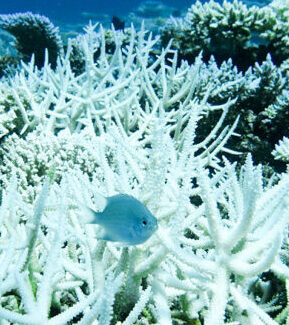
Zhanqing Li is a Web of Science Highly Cited Researcher
Web of Science has honored Dr. Zhanqing Li, Professor at ESSIC and University of Maryland’s Department of Atmospheric and Oceanic Science, as a Highly Cited Researcher, an honor bestowed to fewer than 6,200, or about 0.1%, of the world’s researchers, in 21 research fields and across multiple fields.

